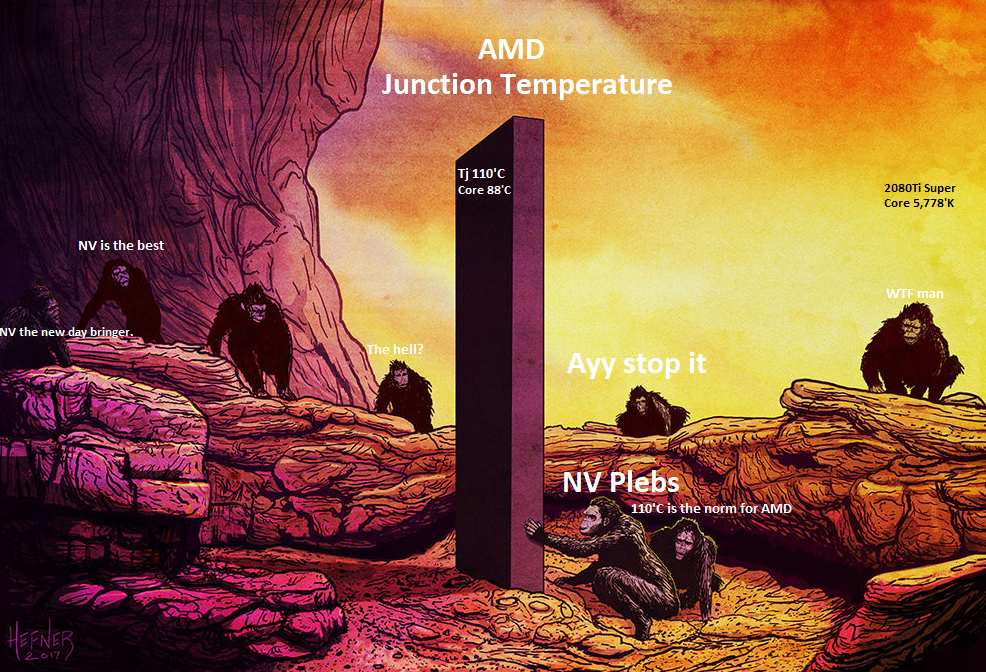Yeah but not everyone who walks into Best Buy or Microcenter to buy a card is going to know any better, or buy one to watercool it. They listen to their buddies like travm who tell them "it's all fine, amd says it's fine, those people on the forums can't prove anything, but I know what's best so yeah, go buy that". Then it dies just outside the warranty period, or starts artifacting. HIgh heat weakens solder joints over time (intense heat, then cools, intense heat, cools, this causes solder cracks), but AMD say's it's fine.
I would never recommend that blower card to anyone, and would actively point out to avoid it.
Anyone can feel free to disagree, or call me a hypocrite.
I'm just waiting on a corsair block to be available for mine. Until then it's a hit potato but a custom fan curve and it's fine. People want a card to run at 50c at 1db of noise lol
![[H]ard|Forum](/styles/hardforum/xenforo/logo_dark.png)

